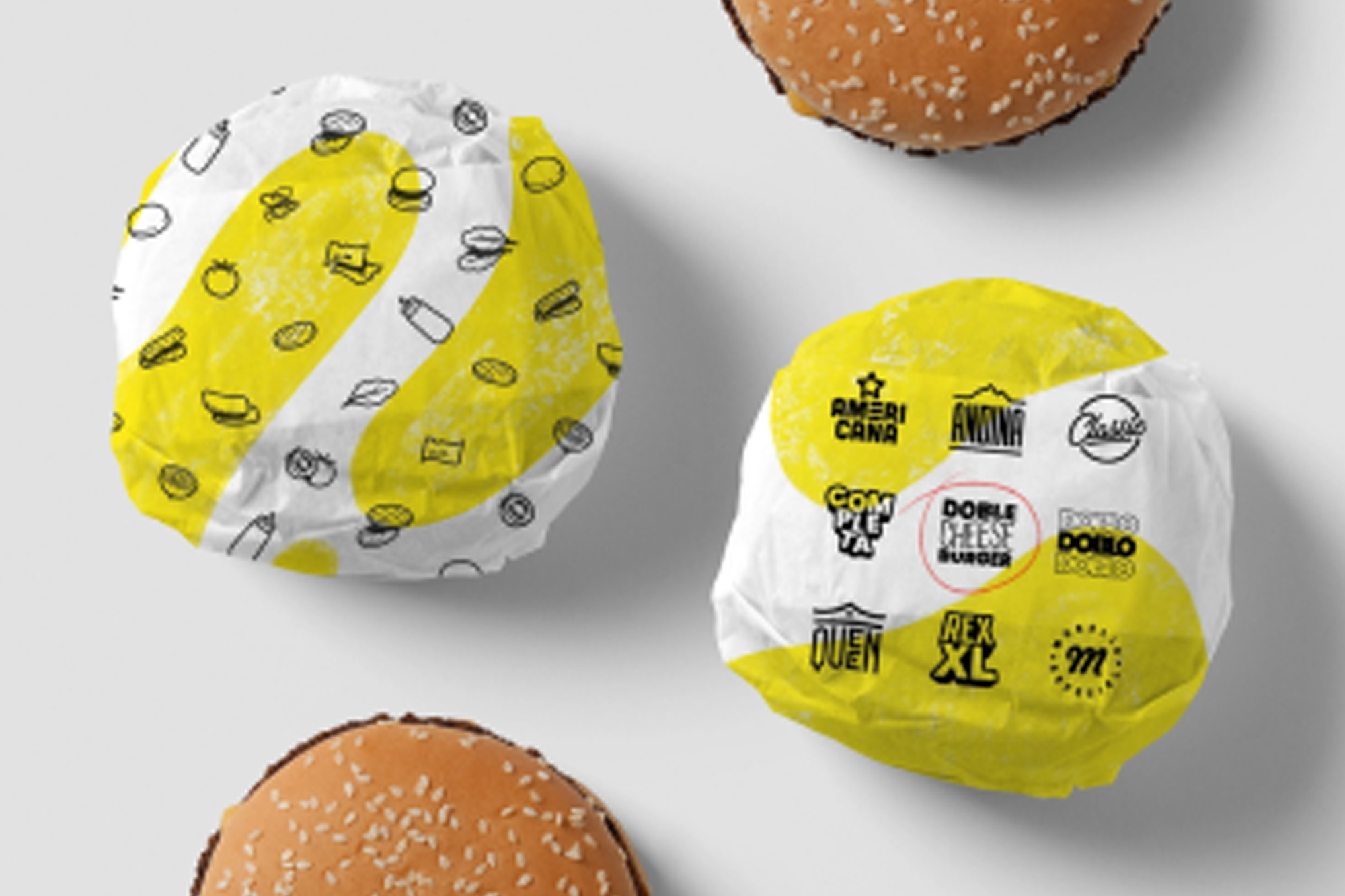- +91 99093 92289
Pizza Hut’s Hot Dog Stuffed Crust Pizza is packaged in a clear plastic bag, which is easy to see through, and makes it easy to identify the contents.
Food packaging is designed to protect products from damage and to make them easier to handle. Food packaging can be designed to help consumers recognize the product, and to make the product easier to identify.
KFC’s Double Down burger is packaged in a clear plastic bag, which is easy to see through, and makes it easy to identify the contents.
We at Bipin Offset with experience of 20+ years in designing and manufacturing various types of packaging, bipin offset brings brand personalization with expertise of twenty years in the market providing quality and fast production.

